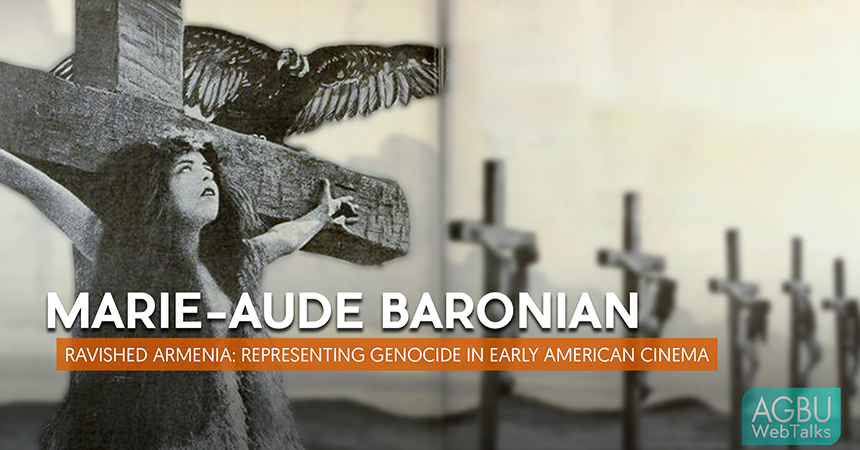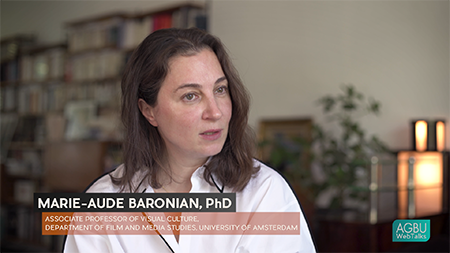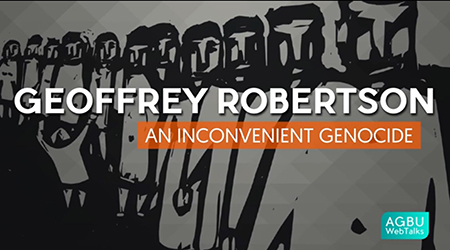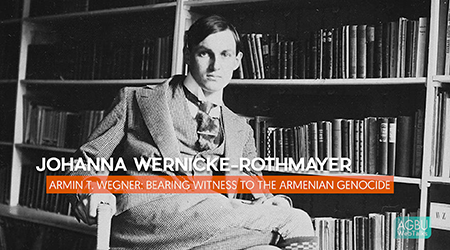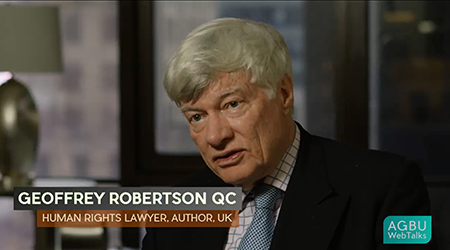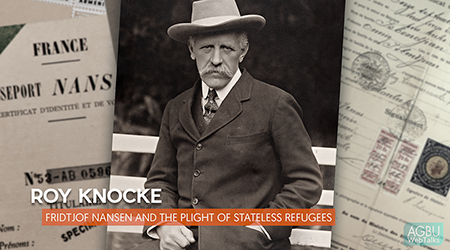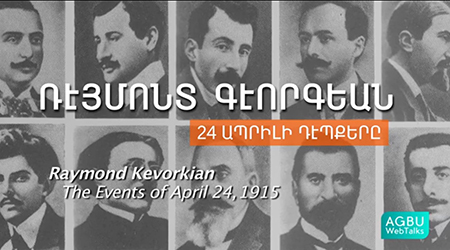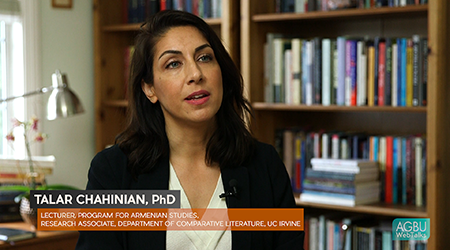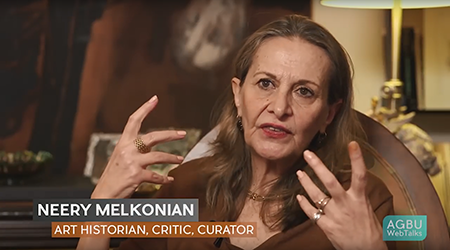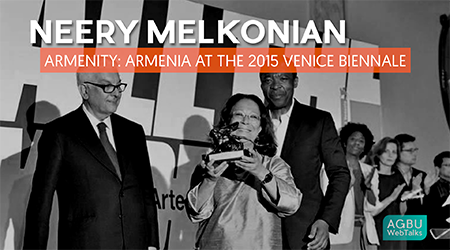WebTalks
Ravished Armenia: Representing Genocide in Early American Cinema
Marie-Aude Baronian

Ravished Armenia: Representing Genocide in Early American Cinema
Ravished Armenia, the 1919 Hollywood film based on survivor Aurora Mardiganian’s memoir, was the first in the history of cinema to depict genocide on the big screen. Reaching critical and financial success in the US and abroad, the film helped raise awareness about the Armenian Genocide as well as funds to help Armenian orphans, yet it mysteriously disappeared in the 1930s and was all but forgotten until fragments reappeared decades later. Dr. Baronian explores the implications of this film, the making of it, its impact at the time, and the challenges of representing violence and mass atrocity through cinema.

Aurora Mardiganian, a witness and survivor of the Armenian Genocide, has become a figure o ... [more]
Human rights lawyer and author Geoffrey Robertson disputes the denialist argument perpetua ... [more]
Armin T. Wegner’s letters and photographs from the Ottoman Empire during World War I ... [more]
Human rights laywer Geoffrey Robertson explains what constitutes genocide as a legal conce ... [more]
Fridtjof Nansen is best known for the eponymous passport which allowed hundreds of thousan ... [more]
On the night of April 24, 1915, the Ottoman police began to systematically arrest and exec ... [more]
With Menk, Dr. Talar Chahinian illuminates a largely forgotten chapter in the annals of We ... [more]
In this second installment from a set of interviews in which Neery Melkonian explores the ... [more]
